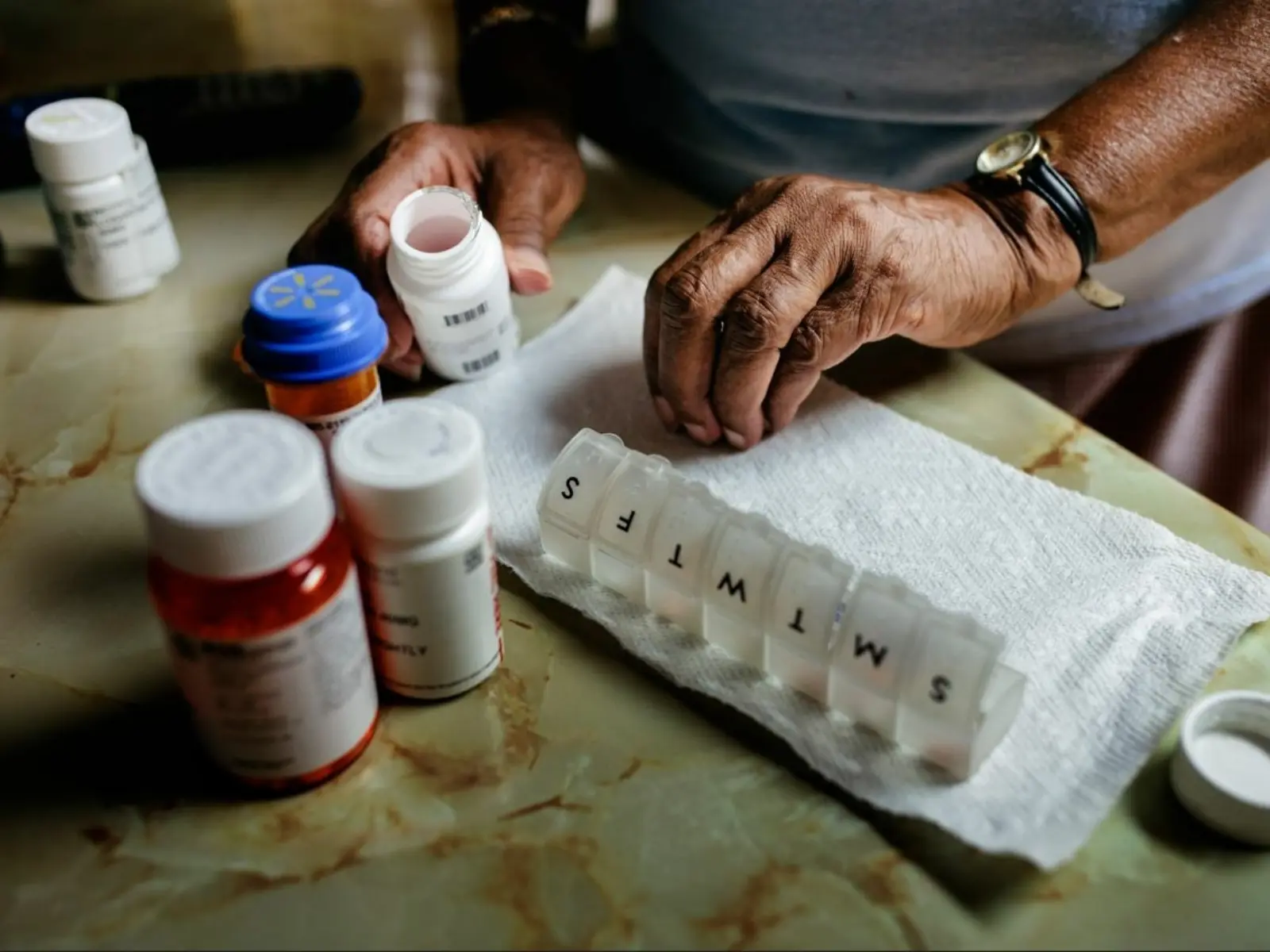This is part 3 of a series on drug affordability.
Read Part 1: As Congress Debates Lowering Drug Prices, States Waste No Time.
Read Part 2: In Quest to Lower Rx Prices, States Deploy New Tools
With 43 prescription drug pricing laws enacted in 20 states this year, the environment is ripe for even greater progress in 2022 and beyond. These achievements also increase the pressure for congressional action, as a federal solution is critical to addressing the fact that the average list price for prescription medication is more than 250% higher in the U.S. than the overall average price of drugs among 32 comparison countries.
New State Policy Innovations
The work of NASHP and the Institute for Clinical and Economic Review (ICER), is pioneering additional strategies state legislators can pursue to bring down drug costs. These include several that mirror legislative efforts on the federal level:
- Unjustified price increases. Under model legislation developed by NASHP that builds on the work of ICER, which publishes an annual report on unsupported price increases, states would impose fines on pharmaceutical manufacturers whose drug price increases are unsupported by new clinical evidence, using that revenue to provide cost assistance to consumers. By utilizing state tax authority, this approach limits penalties to transactions that occur within a state and avoids violating the dormant Commerce Clause that regulates interstate trade. Legislators in three states — Hawaii, Maine and Washington — have introduced bills along these lines. In addition, legislators in Delaware, Hawaii and Maine have introduced anti-price-gouging bills based on NASHP’s model legislation.
- International Reference Pricing. Another approach pioneered by NASHP would have states impose upper payment limits based on Canadian prescription drug prices. Legislators in six states — Hawaii, Maine, North Carolina, North Dakota, Oklahoma and Rhode Island — have introduced international reference pricing bills.
Public outrage over unaffordable prescription drug prices, outlandish price increases, and the stark contrast between the prices Americans and citizens of every other country in the world pay, combined with the policy innovations of NASHP and other groups, have fueled the groundswell of legislative action in the states, and that momentum seems poised to continue into 2022.
“This year saw impressive gains in harnessing state power to control prescription drug prices. In 2022 and the years to come, state advocacy groups and policy makers will achieve new breakthroughs,” said Mark Miller, Executive Vice President of Health Care at Arnold Ventures. “The health and well-being of the American people, and the fiscal solvency of state governments demand nothing less.”
Federal Drug Pricing Reforms
President Biden and congressional Democrats took office pledging to bring down the cost of prescription drugs, but support on this issue transcends party lines. A poll conducted earlier this year of more than 1,200 voters from across the political spectrum revealed that 90% believe it is very or fairly important for President Biden to lower the price of prescription drugs and halt excessive price increases.
Earlier this year, the president signed two new laws that take incremental steps toward addressing the prescription drug affordability crisis. The Advancing Education on Biosimilars Act aims to increase awareness of less-expensive competitors to biologic drugs, while the Ensuring Innovation Act formally codifies which drugs should be granted market exclusivity. Through the American Rescue Plan Act of 2021, Congress included a provision removing the Medicaid rebate cap. Removing the cap (set at 100% of the average manufacturer price) helps states recoup costs in their Medicaid programs for drugs with steep price increases, such as insulin.
In July, President Biden signed an executive order aimed at strengthening competition in the pharmaceutical industry. While the order itself doesn’t directly lower prices, it instructs federal agencies to intensify their efforts to crack down on the proliferation of anticompetitive tactics — such as pay-for-delay deals and product-hopping — that have been embraced by Pharma to squeeze out competition and extract large profits.
In Congress, the Elijah E. Cummings Lower Drug Costs Now Act, H.R. 3, aims to end price gouging by requiring drugmakers to reimburse taxpayers when drug prices rise faster than inflation, empowering Medicare with the ability to negotiate lower drug prices with pharmaceutical companies, giving Americans discounted drug prices closer to those enjoyed by other industrialized countries.
Contrary to the fear-mongering by Pharma, which is actively lobbying against drug pricing reform, the federal government can negotiate a price for drugs without handcuffing innovation. The Congressional Budget Office (CBO) in August estimated that enabling Medicare to negotiate the price of prescription drugs would lower drug prices and reduce federal spending by $456 billion – an enormous relief for American taxpayers.
As the U.S. mounts a recovery from COVID-19 and the financial downturn, lawmakers must take meaningful steps to lighten the load of excessive health care costs, especially prescription drug prices for government, employers, and families. The multitude of bills enacted by the states are poised to fuel the momentum in Congress and the administration for transformative action on drug pricing reform.
















